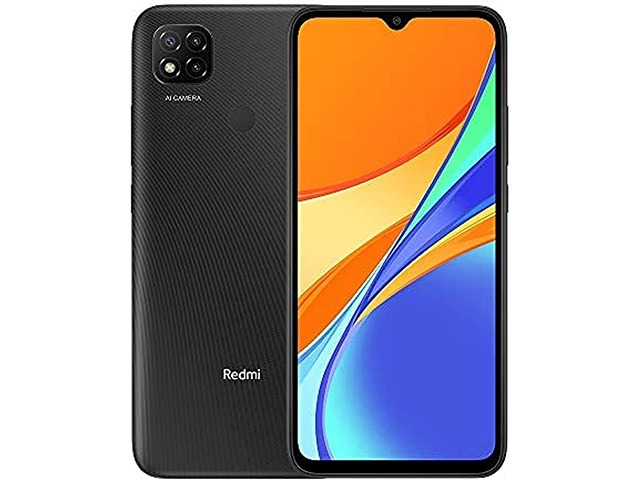Find Specifications Meanings By Xiaomi Redmi 9C Review
Would you want to understand what NFC means? Have you read Xiaomi Redmi 9C review and brochure and noticed some hazy things? If you want answers to these questions, and many more about Xiaomi Redmi 9C specifications, then you are in the right place.
After announcing Xiaomi Redmi 9C by Xiaomi on 6/30/2020, this model has been Released 2020, August 12. However, this model status in the market is: Available.
When you purchase Xiaomi Redmi 9C, you will gain a 13 MP, f/2.2, 28mm (wide), 1.0µm, PDAF rear camera and 32 MP, f/2.2, 26mm (wide), 1/2.8″, 0.8µm selfie camera. it Also has 32GB 2GB RAM, and 5000 mAh battery life (the more mAh value gives more strength to the battery).
with 6.53 inches, 102.9 cm2 display size.
Xiaomi Redmi 9C comes with the following OS and chips:
* Android 10, MIUI 12 OS,
* MediaTek MT6765G Helio G35 (12 nm) Chipset
* Octa-core (4×2.3 GHz Cortex-A53 & 4×1.8 GHz Cortex-A53) Processor.
To understand the meanings of device features, continue reading this Xiaomi Redmi 9C review.
Know All About Body Features In This Xiaomi Redmi 9C Review
mobile phone’s body features are very important to be taken into account while thinking to buy a new device. These specs are the body dimensions, the body weight, and the body build. In these following lines, you will read Xiaomi Redmi 9C review in terms of the body characteristics.
* Body Dimensions: 164.9 x 77 x 9 mm (6.49 x 3.03 x 0.35 in) which mean height, width, and thickness (depth) respectively.
* Body Weight: 196 g (6.91 oz).
Any weight between 140g and 170g is considered appropriate for mobile phones and is good for the majority of people.
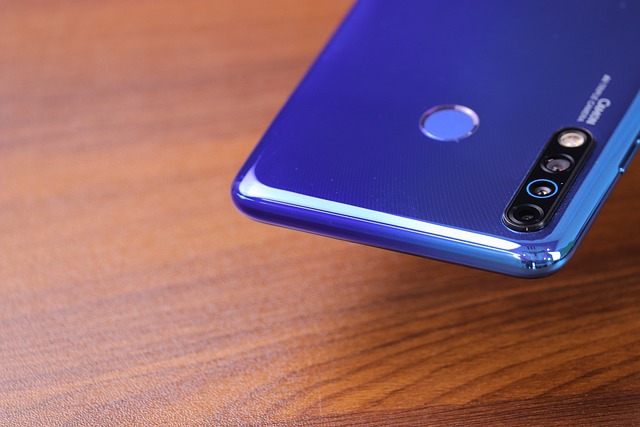
Read Xiaomi Redmi 9C Review To Know Its Colors
Selecting the color of the smartphone cover is generally a personal issue, because it has become related to the consumer’s general taste.
Xiaomi Redmi 9C comes in the following colors: Midnight Gray, Sunrise Orange, Twilight Blue.

Xiaomi Redmi 9C Review – Understanding Display Terms
We use mobile phone to work, voice calls, watch movies and videos, play games, take photos, and even extensive reading. These tasks are accomplished more simpler on large-screen devices with real blacks, high contrast ratios, and good visibility from various angles..
The next lines will explain the main display features of Xiaomi Redmi 9C.
Display Type: IPS LCD – Keep in mind that you should search for a display type that offers more flashy colors and actual black.
Display Size: 6.53 inches, 102.9 cm2 – The common standard screen size of cellphones now averages between 4.7 and 6.5 inches.
Display Nits Brightness: 400 nits (typ).
Display Nits Full: 400 nits (typ),.
Screen To Body Ratio: (~81.1% screen-to-body ratio). It provides the percentage of how much the display covers the front face. Smartphones that have the largest screen to body ratio look delicate and give it a premium look.
Display Ratio: 20:9 ratio. the Aspect ratio is the relevance between the height and width of the smartphone screen. Taller aspect ratios like 19.5:9 is coming with the most modern smartphones, and it is suitable for web browsing, and other portrait orientation apps.
Display Resolution: 720 x 1600 pixels. It is the clarity of an image video in details and sharpness. The pixel resolution for high definition screens is 1920 x 1080.
Display Density: (~269 ppi density). It is the number of physical pixels per inch on a screen, and is measured in Pixels Per Inch (ppi).
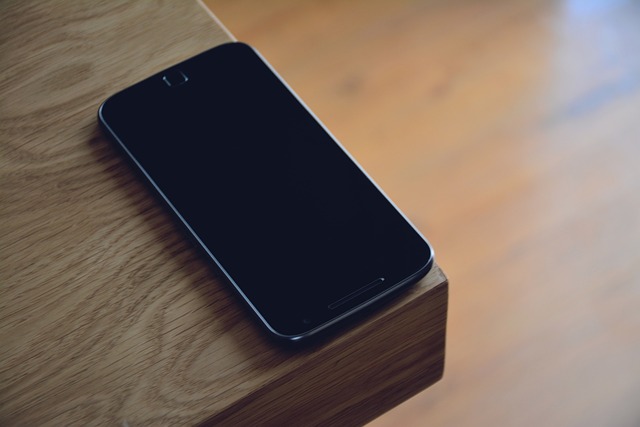
Xiaomi Redmi 9C Review of The Camera Features
In the following lines, you will find Xiaomi Redmi 9C review about the main cameras.
* Main Camera Single: {13 MP, f/2.2, 28mm (wide), 1.0µm, PDAF}.
Here are explanations about some of the symbols included in the camera characteristics:
MP (Megapixels) is the resolution of the image taken by a cellphone.
(f value) is the aperture of a lens indicates how much light it lets in. The larger the aperture, the more light is let in; conversely, a smaller aperture lets in less light.
(mm value) This measurement is of the lens’s focal length, which affects the final image that is produced by your camera.
AutoFocus (AF) is the function of a camera to automatically focus on a subject.
* Main Camera Dual: 2 MP, f/2.4, (macro)
* Main Camera Triple: 2 MP, f/2.4, (depth)
The main camera features are as follows:
HDR, 1080p@30fps main video camera.
Here is the Xiaomi Redmi 9C review of the selfie camera:
* Selfie Camera Single: 32 MP, f/2.2, 26mm (wide), 1/2.8″, 0.8µm
The main camera specifications are:
HDR, 4K@30fps, 1080p@30fps Selfie video camera.

What’s The SIM card? Xiaomi Redmi 9C Review
The acronym SIM is used to refer to the Subscriber Identity Module. It is a microchip that can be fitted into your phone to be able to access your phone’s communication features to make calls, send SMS, and connect to the 3G, 4G LTE, and 5G mobile internet. For more information about 3G / 4G networks, refer to Xiaomi Redmi 9C 3G or Xiaomi Redmi 9C 4G articles. SIM cards come in three sizes: Standard (Mini), Micro, and Nano. It is possible to use your phone without a SIM card, such as using the calculator, playing games, saving text or voice notes, and connecting to a Wi-Fi network to explore the internet.
This phone model comes with Dual SIM (Nano-SIM, dual stand-by) card. For more information, refer to How to insert SIM card in Xiaomi Redmi 9C article.
Here are the popular SIM card kinds:
* Nano SIM. This removable SIM card size is the smallest available one, so it is the most modern one (other than eSIMs, which we’ll talk about it very soon) and most current cellular phones are using it.
* Micro SIM. They have a little bit larger chip, and they’re seldom been used in the recent years.
* Standard SIM (Mini SIM). It is the biggest SIM card size in use, and it’s the most seldom used.
* eSIM. It is an embedded SIM card, meaning that you can’t remove it from your cellphone.

Xiaomi Redmi 9C Review – The Main Hardware Platforms
This model has MediaTek MT6765G Helio G35 (12 nm) chipset.
A chipset on a mobile phone is most usually termed as a system on chip (SoC). It is an integrated circuit that combines all basic components of a device on a single chip. The most famous types are: QUALCOMM Snapdragon, MEDIATEK CHIPSETS, and INTEL ATOM.
Xiaomi Redmi 9C has Octa-core (4×2.3 GHz Cortex-A53 & 4×1.8 GHz Cortex-A53) CPU.
The performance of the CPU will be improved if the CPU has more cores and higher speed of processing.
Xiaomi Redmi 9C has the following GBU (Graphics Processing Unit): PowerVR GE8320.
This chip is responsible for processing and accelerating all graphics jobs, and the faster the GPU, the more powerful the smartphone will be.

Storage Specs – Xiaomi Redmi 9C Review
One of the main deciding factors when you intend to buy a new mobile phone is the size of storage it offers. Actually, Xiaomi Redmi 9C comes with microSDXC memory card slot, and the following internal storage: 32GB 2GB RAM – 32GB 3GB RAM – 64GB 2GB RAM – 64GB 3GB RAM – 64GB 4GB RAM
Two types of phone’s memory are available:
Internal: It is built in the phone, and can’t be extended. Nowadays, the majority of cellular phones have internal storage that is at least 32GB or 64GB and a few high-end models feature 256GB or 512GB.
External: It is a removable SD card used as an alternative memory to store photos, music, videos, etc., regardless of the type of SD card slot.
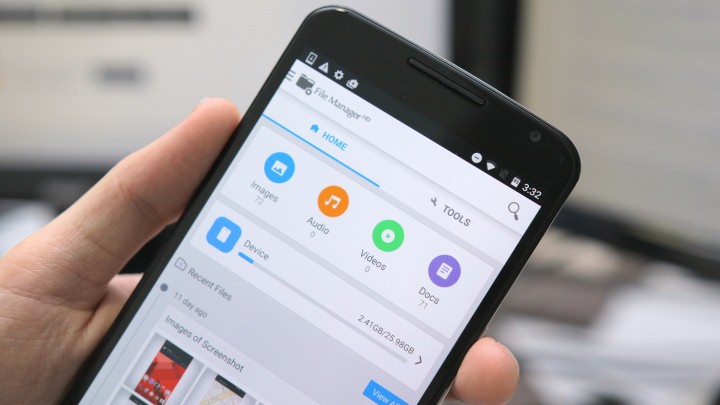
Xiaomi Redmi 9C Review of Connectivity and Mobile Networks
A mobile network, also referred to as a wireless network, is a system that allows mobile devices to send and receive radio wave.. It consists of base stations, each of which comprises a geographical zone that called “cell”. This grants many mobile transceivers, such as smartphones, to connect with one another. By the way, there are 3 types of mobile networks in use: 3G, 4G (LTE), and 5G.
Xiaomi Redmi 9C supports the following networks: 3G. For more information, refer to Xiaomi Redmi 9C 3G article. – 4G. For more info, refer to Xiaomi Redmi 9C 4G article.

Available Wireless Connections – Xiaomi Redmi 9C Review
This model includes the following wireless connections:
* WLAN connection: {Wi-Fi 802.11 b/g/n, Wi-Fi Direct, hotspot}. Wireless Local Area Network uses Wi-Fi to communicate to the home or office wireless network using the local router and offers Internet access.
* Bluetooth connection: {5.0, A2DP, LE}. It is a common wireless communication protocol used to communicate two devices together over short distances, allowing them share data between different devices.
* GBS connection: {Yes, with A-GPS, GLONASS, BDS}.Global Positioning System enables cellular phone to define any position you need.
* USB connection: {microUSB 2.0, USB On-The-Go}.Universal Serial Bus is wired technology that allows users to connect two devices, such as a smartphone with a PC, to either transfer data or to charge the connected device.
* Features Sensors: {Fingerprint (rear-mounted), accelerometer, proximity}. The sensor is a device that detects and majors the changes in the nearby environment such as ambient light and motion.

Xiaomi Redmi 9C Review – The Operating System
This model comes with {Android 10, MIUI 12} operating system.
Battery Main Specifications – Xiaomi Redmi 9C Review
Nothing is more crucial than the mobile phone’s battery, which powers these devices and retains daily life going. The following lines are demonstrating Xiaomi Redmi 9C review of its main battery.
* Battery Technology: {Li-Po}.
* Xiaomi Redmi 9C comes with {non-removable} battery.
* Battery Capacity: {5000} mAh. It refers to the storage capacity a particular battery can provide. A battery with 3100 mAh capacity rating could supply a current of 3100 mA for one hour. Higher mAh ratings for the same battery type will generally mean longer working time.
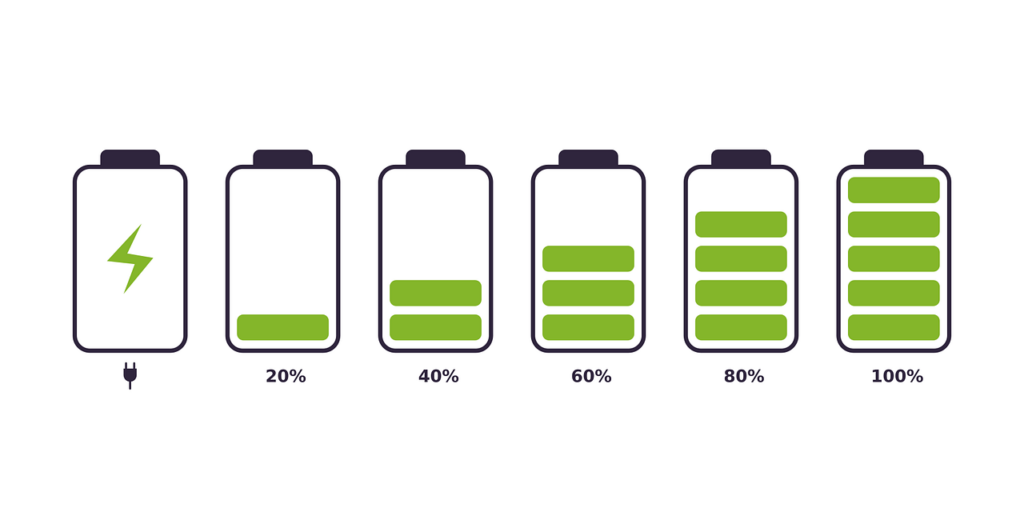
The Battery Secondary Specifications – Xiaomi Redmi 9C Preview
In addition to the major Xiaomi Redmi 9C features that we mentioned earlier, this model has more battery-related features that are relatively different depending on the kind of the mobile phone.


